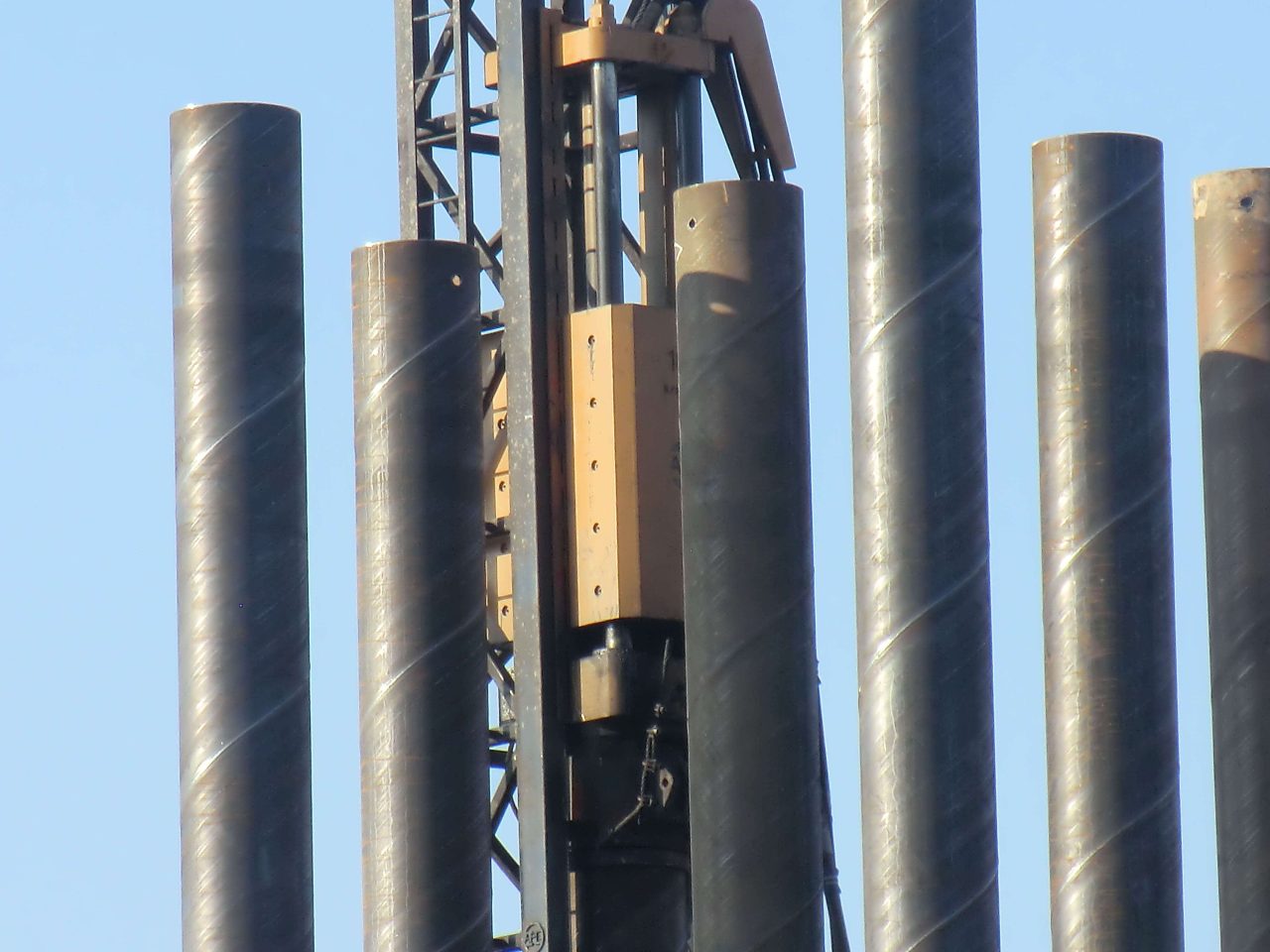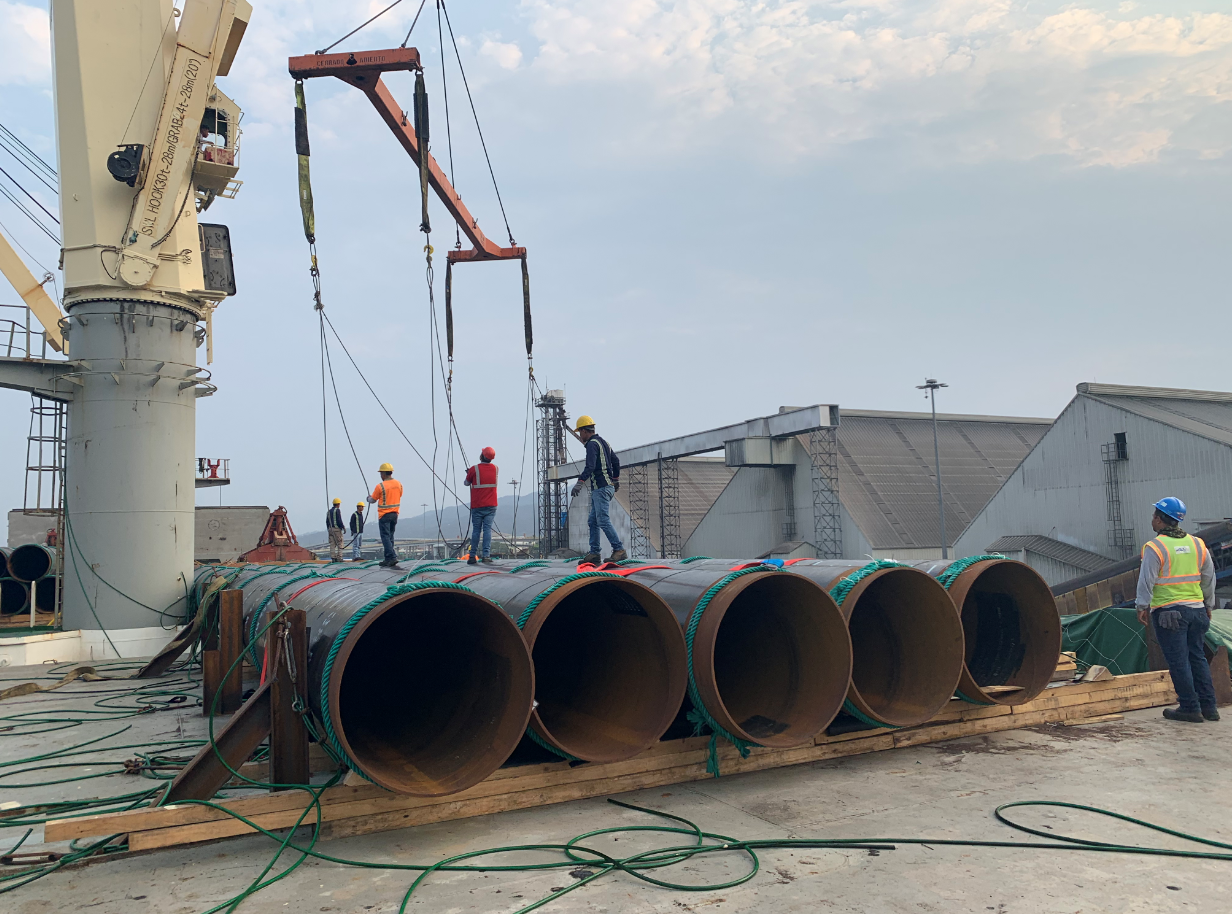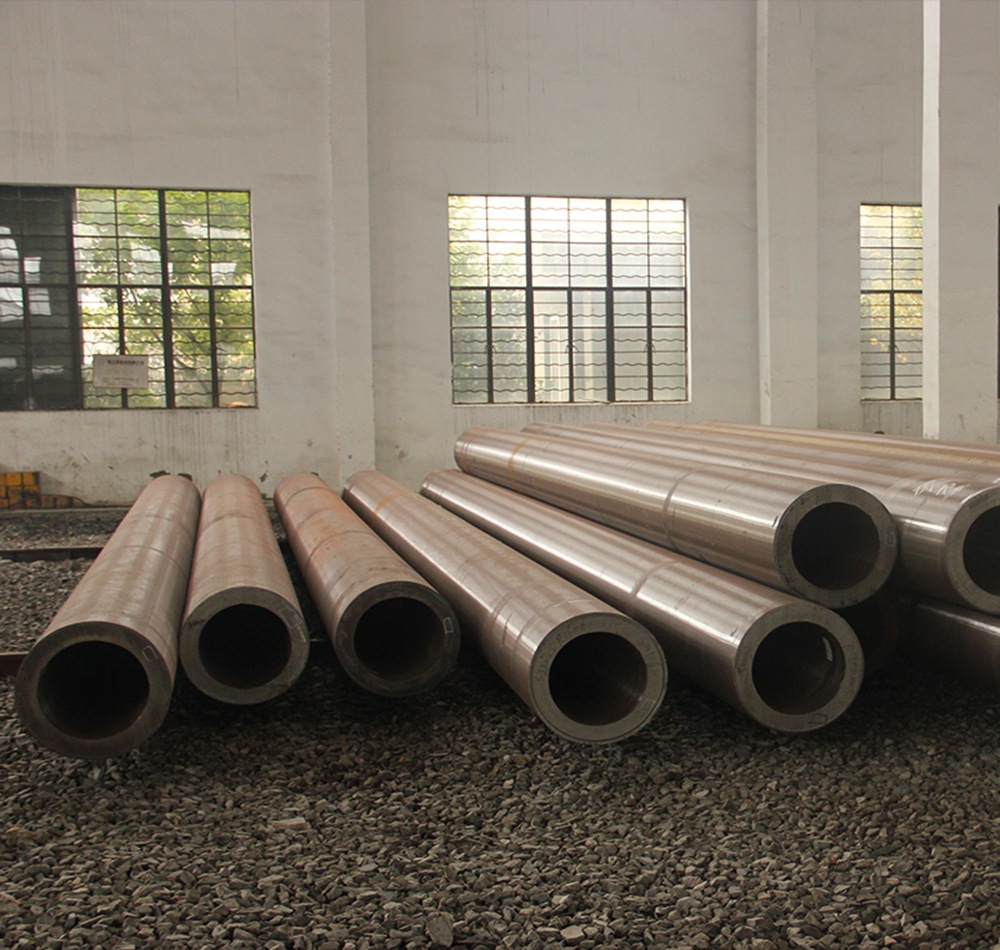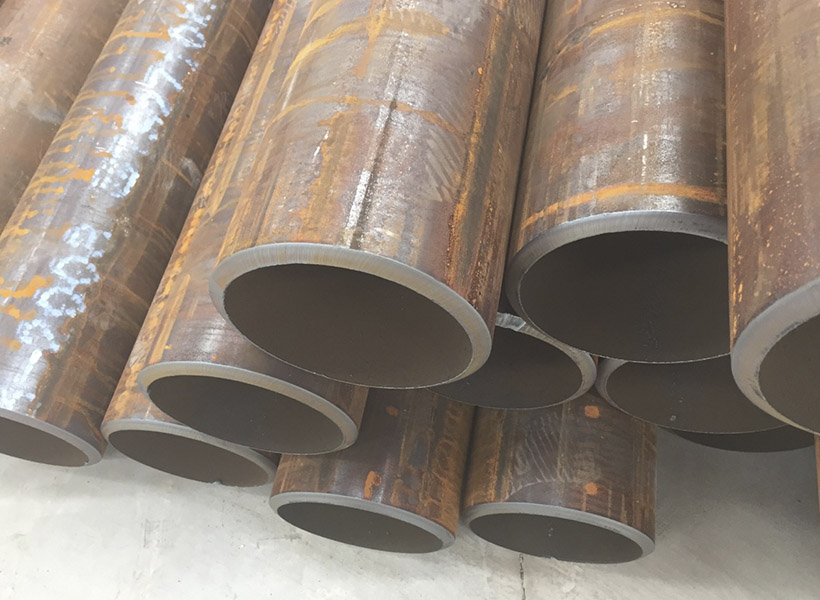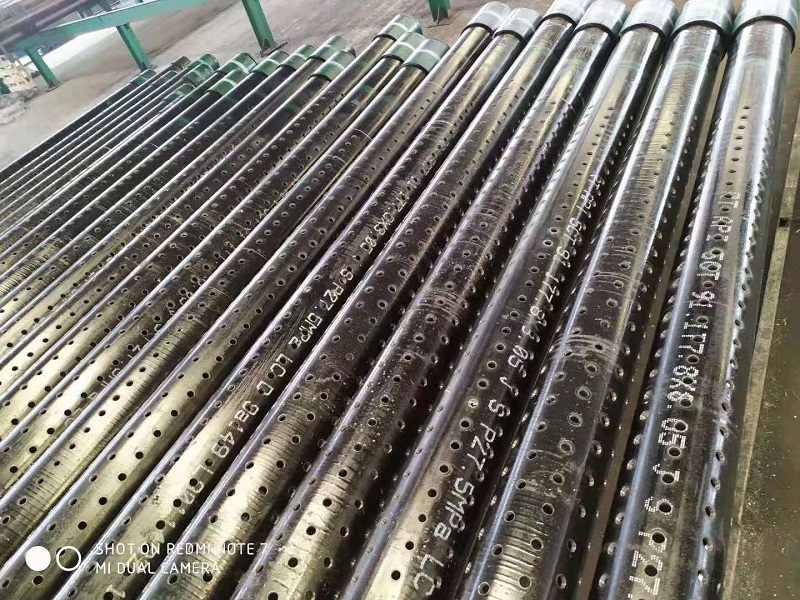Assessment of Enhanced Load-Bearing Capacity of Optimally Configured Expanded Steel Pipe Piles
Introduction
Steel pipe piles are widely used in construction projects, particularly in deep foundation systems, where they provide stability and load-bearing support for structures. The load-bearing capacity of these piles is a critical factor in ensuring the safety and durability of the foundation. Recent advancements in engineering and material science have led to the development of expanded steel pipe piles, which are designed to enhance the load-bearing capacity by optimizing their geometry and configuration.
What Are Expanded Steel Pipe Piles?
Expanded steel pipe piles are steel tubular piles that are mechanically or hydraulically expanded at specific sections to increase their diameter or surface area. This expansion enhances their interaction with the surrounding soil, thereby improving their load-bearing capacity. These piles are particularly effective in soft soils, cohesive soils, and sandy soils, where traditional piles may struggle to achieve the required capacity.
Key Features of Expanded Steel Pipe Piles:
- Increased Surface Area: The expanded sections of the pile provide greater contact with the surrounding soil, improving frictional resistance.
- Optimized Geometry: The shape and configuration of the expanded sections are designed to maximize load transfer efficiency.
- Enhanced Structural Strength: The expansion process strengthens the pile, allowing it to withstand higher axial and lateral loads.
- Versatility: These piles can be customized for various soil conditions and load requirements.
- Standards: ASTM A252Size:12″, 14.00″ and 16.00″ OD * W.T. 0.109″- 0.220″,Ends: Plain, threads
Chemical composition: Phosphorus Max% 0.050
ASTM A252 is the standard specification for nominal wall cylindrical steel pipe piles in which the steel cylinder acts as a permanent load-carrying member or as a shell to form cast-in-place concrete piles. HA mainly supply the ASTM A252 submerged arc welded steel pipe piles for agricultural, construction and load-bearing geotechnical applications. There are three grades for ASTM A252 specifications: grade1, grade2, grade3, and among which grade2, 3 are the commonly used materials.
Specifications
Standards: ASTM A252
Size:12″, 14.00″ and 16.00″ OD * W.T. 0.109″- 0.220″,
Ends: Plain, threads
ASME SA252 Chemical Composition
| Seamless and ERW Welded | Phosphorus Max% 0.050 |
ASTM A252 Tensile Requirements
| Grades | Tensile Strength, min, psi(MPa) | Yield point or Yield Strength, min, psi(MPa) | Elongation in 2 in (50.8 mm), min,% |
| ASTM A252 Grade 2 | 60000(415) | 35000(240) | 25 |
Factors Influencing Load-Bearing Capacity
The load-bearing capacity of expanded steel pipe piles is influenced by several factors, including the pile material, geometry, soil properties, and installation method. Understanding these factors is crucial for optimizing the design and performance of the piles.
1. Material Properties
- Steel Grade: The strength and ductility of the steel used in the pile significantly affect its load-bearing capacity. Common grades include ASTM A252 and ASTM A572.
- Corrosion Resistance: Coatings or treatments can enhance the durability of the pile in corrosive environments.
2. Geometry and Configuration
- Diameter: Larger diameters provide greater surface area for frictional resistance and load transfer.
- Wall Thickness: Thicker walls increase the pile’s structural strength and resistance to buckling.
- Expansion Ratio: The degree of expansion (e.g., 1.5x or 2x the original diameter) affects the pile’s interaction with the soil.
3. Soil Properties
- Soil Type: The load-bearing capacity is higher in dense, cohesive soils compared to loose, sandy soils.
- Friction Angle: The angle of internal friction determines the soil’s resistance to sliding along the pile surface.
- Bearing Stratum: The presence of a strong bearing layer (e.g., bedrock) enhances the pile’s end-bearing capacity.
4. Installation Method
- Driving Method: Impact driving, vibratory driving, or hydraulic pressing affects the pile’s penetration and soil compaction.
- Expansion Process: Hydraulic or mechanical expansion methods influence the uniformity and effectiveness of the expanded sections.
Enhanced Load-Bearing Mechanisms
The enhanced load-bearing capacity of expanded steel pipe piles is achieved through a combination of frictional resistance, end-bearing resistance, and lateral resistance.
1. Frictional Resistance
The expanded sections of the pile increase the skin friction between the pile and the surrounding soil. This is particularly beneficial in cohesive soils, where frictional forces play a significant role in load transfer.
- Increased Surface Area: The expanded sections provide a larger surface area for frictional interaction.
- Improved Soil Compaction: The expansion process compacts the surrounding soil, increasing its density and frictional resistance.
2. End-Bearing Resistance
The expanded base of the pile enhances its end-bearing capacity by distributing the load over a larger area. This is especially useful in soft soils, where traditional piles may penetrate too deeply without achieving adequate resistance.
- Wider Base Area: The expanded base reduces the stress on the soil, preventing excessive settlement.
- Stronger Bearing Stratum Contact: The expanded base ensures better contact with the bearing layer, such as bedrock or dense soil.
3. Lateral Resistance
The expanded sections improve the pile’s lateral resistance, making it more effective in withstanding horizontal loads, such as those caused by wind, earthquakes, or lateral soil pressure.
- Enhanced Stability: The larger diameter and compacted soil around the pile provide greater lateral stability.
- Reduced Deflection: The pile’s stiffness is increased, reducing deflection under lateral loads.
Comparison of Traditional and Expanded Steel Pipe Piles
| Feature | Traditional Steel Pipe Piles | Expanded Steel Pipe Piles |
|---|---|---|
| Surface Area | Limited | Increased due to expanded sections |
| Load-Bearing Capacity | Moderate | Enhanced due to optimized geometry |
| End-Bearing Resistance | Standard | Improved with expanded base |
| Lateral Resistance | Moderate | Higher due to larger diameter |
| Installation Complexity | Simple | Slightly more complex |
| Cost | Lower | Higher due to expansion process |
Benefits of Optimally Configured Expanded Steel Pipe Piles
Expanded steel pipe piles offer several advantages over traditional piles, making them a preferred choice in many construction projects.
1. Higher Load-Bearing Capacity
The optimized geometry and expanded sections significantly enhance the pile’s ability to support axial and lateral loads.
2. Improved Soil Interaction
The expansion process compacts the surrounding soil, improving its density and frictional resistance.
3. Reduced Settlement
The larger base area of the pile reduces stress on the soil, minimizing settlement and ensuring long-term stability.
4. Versatility
Expanded steel pipe piles can be customized for different soil conditions, load requirements, and project specifications.
5. Cost-Effectiveness
While the initial cost of expanded steel pipe piles may be higher, their enhanced performance and reduced maintenance requirements make them cost-effective in the long run.
Applications of Expanded Steel Pipe Piles
Expanded steel pipe piles are used in a wide range of applications, including:
- Bridges and Overpasses: To provide stable foundations for heavy loads and dynamic forces.
- High-Rise Buildings: To support the weight of multi-story structures in urban areas.
- Marine Structures: Such as docks, piers, and offshore platforms, where lateral resistance is critical.
- Industrial Facilities: To support heavy machinery and equipment in factories and plants.
- Wind Turbines: To provide stable foundations for wind energy projects in soft or sandy soils.
Design Considerations for Optimally Configured Expanded Steel Pipe Piles
When designing expanded steel pipe piles, several factors must be considered to ensure optimal performance:
- Expansion Ratio: The degree of expansion should be chosen based on soil conditions and load requirements.
- Pile Length: The length of the pile should be sufficient to reach the bearing stratum.
- Wall Thickness: The wall thickness should be adequate to withstand axial and lateral loads without buckling.
- Corrosion Protection: Coatings or cathodic protection may be required in corrosive environments.
- Installation Method: The installation process should minimize soil disturbance and ensure uniform expansion.
Case Study: Enhanced Load-Bearing Capacity in Soft Soils
A recent project involving the construction of a highway bridge in an area with soft clay soil demonstrated the effectiveness of expanded steel pipe piles. The piles were expanded to 1.5 times their original diameter, resulting in:
- 50% Increase in Load-Bearing Capacity: The expanded sections provided greater frictional and end-bearing resistance.
- Reduced Settlement: The larger base area minimized soil stress and settlement.
- Improved Lateral Stability: The expanded piles withstood horizontal loads from wind and traffic without significant deflection.
FAQ: Expanded Steel Pipe Piles
1. What are expanded steel pipe piles?
Expanded steel pipe piles are steel tubular piles that are mechanically or hydraulically expanded at specific sections to enhance their load-bearing capacity by increasing their surface area and interaction with the surrounding soil.
2. How do expanded steel pipe piles improve load-bearing capacity?
Expanded steel pipe piles improve load-bearing capacity by increasing skin friction, end-bearing resistance, and lateral resistance through their optimized geometry and expanded sections.
3. What are the main applications of expanded steel pipe piles?
Expanded steel pipe piles are used in bridges, high-rise buildings, marine structures, industrial facilities, and wind turbines, where enhanced load-bearing capacity and stability are required.
4. What are the advantages of expanded steel pipe piles over traditional piles?
Expanded steel pipe piles offer higher load-bearing capacity, improved soil interaction, reduced settlement, greater lateral resistance, and long-term cost-effectiveness compared to traditional piles.
5. What factors should be considered when designing expanded steel pipe piles?
Key factors include expansion ratio, pile length, wall thickness, soil conditions, corrosion protection, and installation method.

